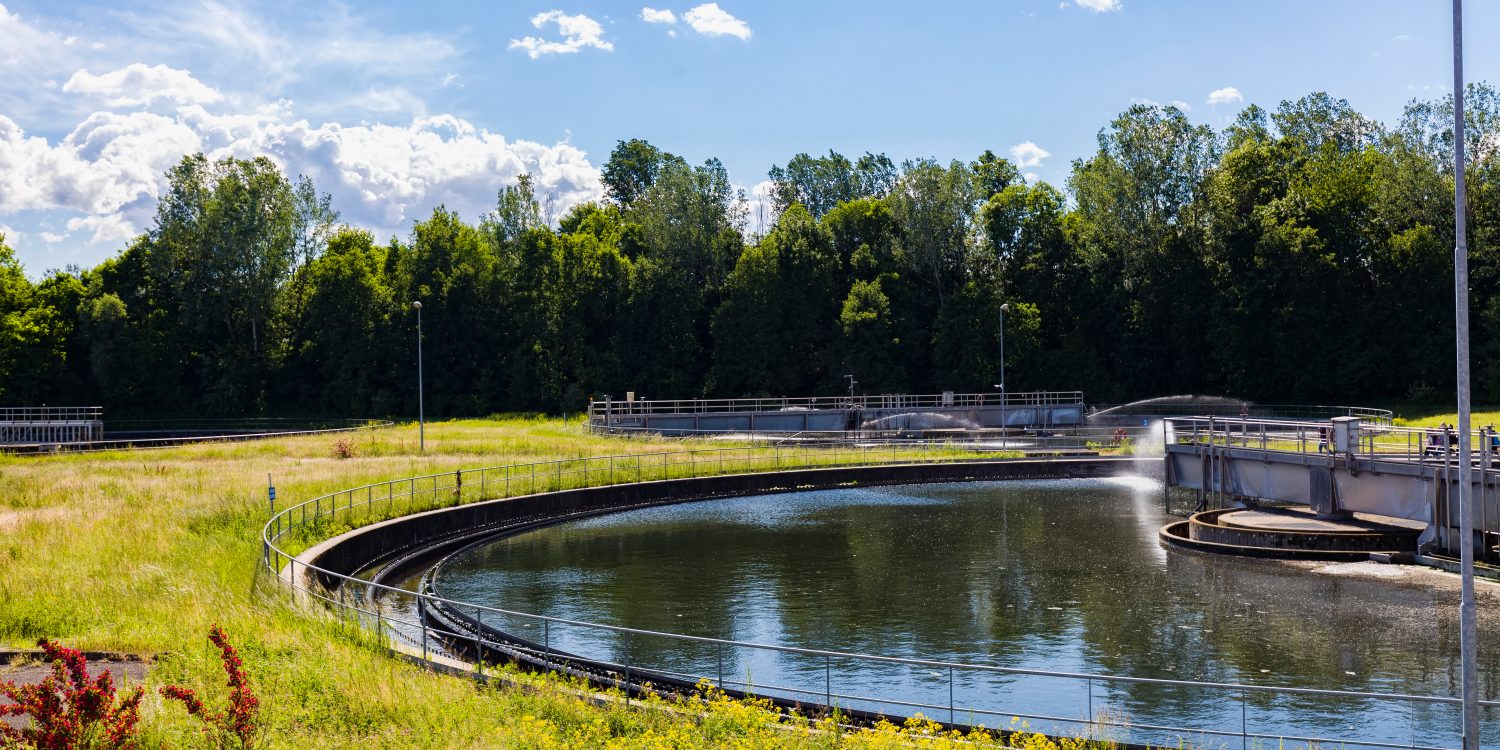Water, which arrives in homes safely via an aqueduct, then flows out dirty and needs to be cleaned. A water treatment plant is a complex and comprehensive system used for precisely that, to clean wastewater. But what is wastewater? It is all the water used for human, domestic, industrial or agricultural purposes which, before returning to the environment, must be “reclaimed”. After having arrived via the sewer system and inter-municipal collectors, the wastewater undergoes a lengthy treatment process. CAP Group meticulously complies with Italian and European regulations, taking all measures necessary to guarantee the smooth operation of its treatment plants, as well as the quality of the treated water.
The treatment of the wastewater takes place over several stages. Firstly, the dirty water is filtered to remove large and small solid debris: from pieces of wood to everyday waste (plastic, cotton buds, cigarette butts) which should never be discarded in water or down the toilet. A subsequent stage sees the filtration of smaller residues, such as sand, soil, oils and fats, which are removed using aeration. Only then does the actual water treatment and purification take place, that is to say the removal of pollutants: oxygen is added to feed micro-organisms found naturally in the water which then proceed to eliminate harmful bacteria and substances. While they are in the sedimentation tanks, the micro-organisms tend to group together to form small bunches with a typical brown colour, called "activated sludge flocs": this is known as the active sludge process. At the end of the cycle, our treatment plants, depending on the technology used, produce sludge and treated water which are ready to be used in various settings.

